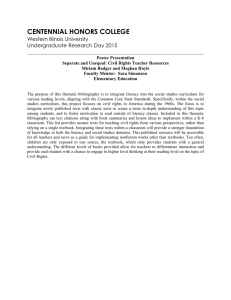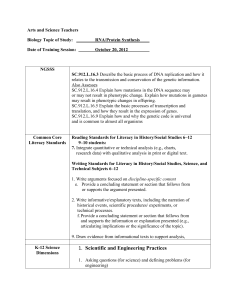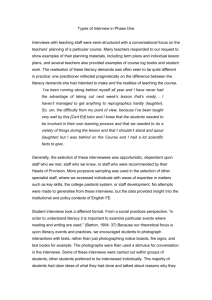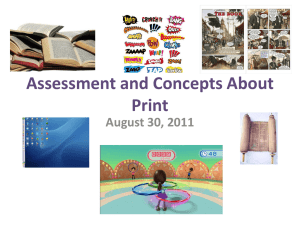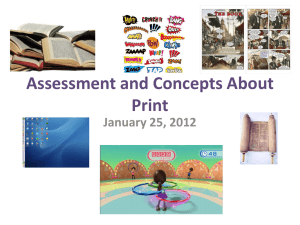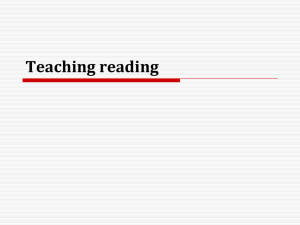Promote Independent Reading
advertisement
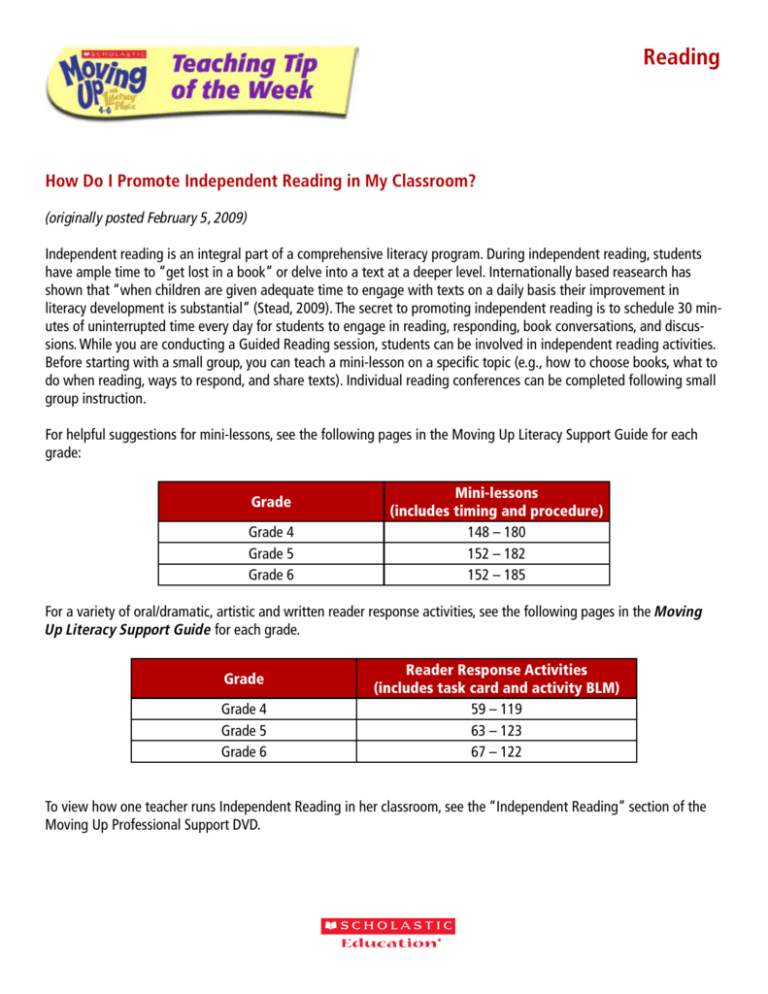
Reading How Do I Promote Independent Reading in My Classroom? (originally posted February 5, 2009) Independent reading is an integral part of a comprehensive literacy program. During independent reading, students have ample time to “get lost in a book” or delve into a text at a deeper level. Internationally based reasearch has shown that “when children are given adequate time to engage with texts on a daily basis their improvement in literacy development is substantial” (Stead, 2009). The secret to promoting independent reading is to schedule 30 minutes of uninterrupted time every day for students to engage in reading, responding, book conversations, and discussions. While you are conducting a Guided Reading session, students can be involved in independent reading activities. Before starting with a small group, you can teach a mini-lesson on a specific topic (e.g., how to choose books, what to do when reading, ways to respond, and share texts). Individual reading conferences can be completed following small group instruction. For helpful suggestions for mini-lessons, see the following pages in the Moving Up Literacy Support Guide for each grade: Grade Grade 4 Grade 5 Grade 6 Mini-lessons (includes timing and procedure) 148 – 180 152 – 182 152 – 185 For a variety of oral/dramatic, artistic and written reader response activities, see the following pages in the Moving Up Literacy Support Guide for each grade. Grade Grade 4 Grade 5 Grade 6 Reader Response Activities (includes task card and activity BLM) 59 – 119 63 – 123 67 – 122 To view how one teacher runs Independent Reading in her classroom, see the “Independent Reading” section of the Moving Up Professional Support DVD. Reading Classroom Library Since students will be self-selecting their reading materials, it is important to set up your classroom collection in an appealing and organized fashion. Texts in your library must meet the range of readers within the classroom and reflect the topics, genres, and text forms that will interest students. you might want to employ the techniques used in bookstores to entice your students into reading. Displaying books so the front cover faces out and arranging books into labelled tubs helps students when they are choosing that “just right” text. Book talks and book “readings” as well as “coming soon” advertisements and “If you liked this book/author, you might try...” bulletin boards are all ways to maximize your classroom library and pique interest. Another great method to promote text and build a community of readers is to create a “Class Picks” bulletin board with book recommendations. Book covers are copied or drawn and students write a short review to “sell” their text to others. For great ideas on how to display and organize reading materials, see pages 137 to 140 in the Moving Up Program and Planning Guide. To view one teacher’s method of organizing her classroom collection, see the Classroom Environment section of the Professional Support DVD. Professional ‘Pick’ To learn more about promoting and engaging students in independent reading, delve into Tony Stead’s newest professional book: Good Choice! Supporting Independent Reading and Response K–6 (264 pages, ISBN 978-1-57110-732-9, $27.95)
